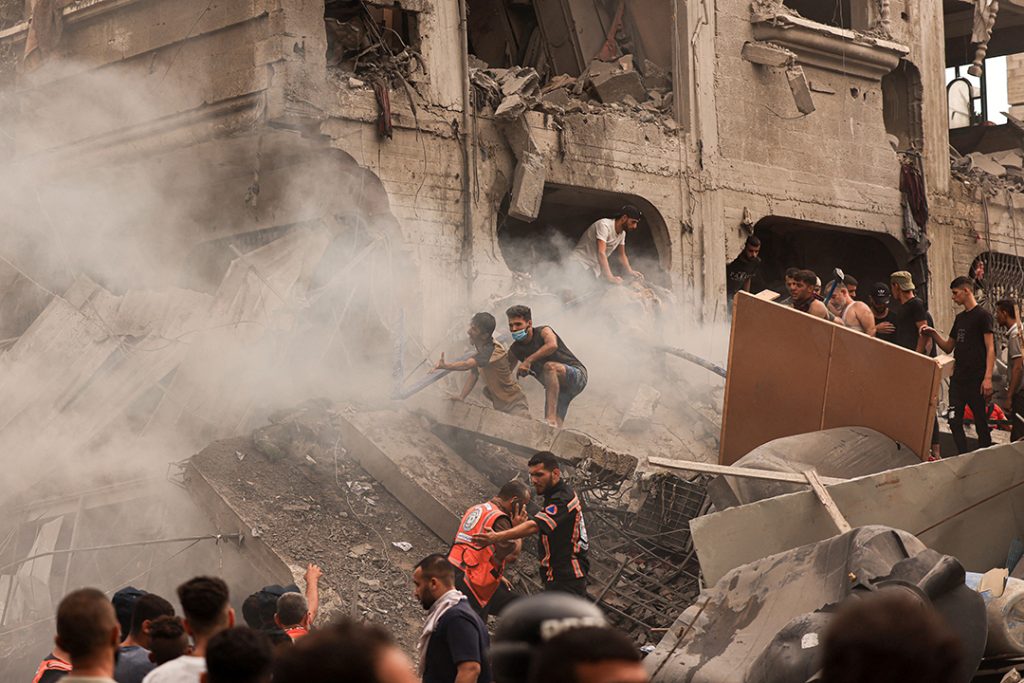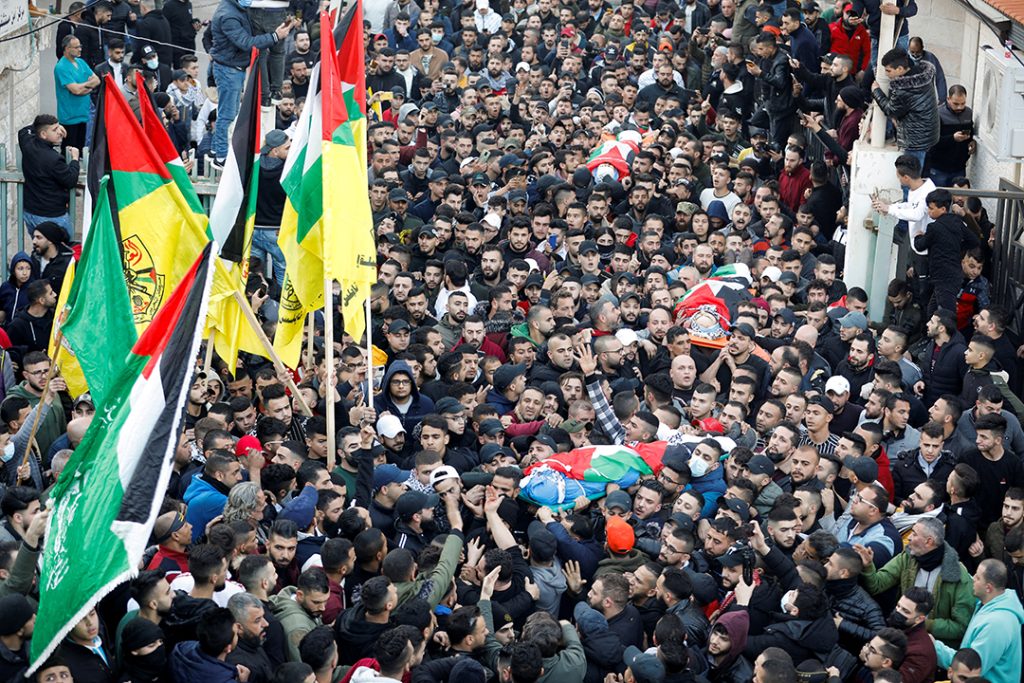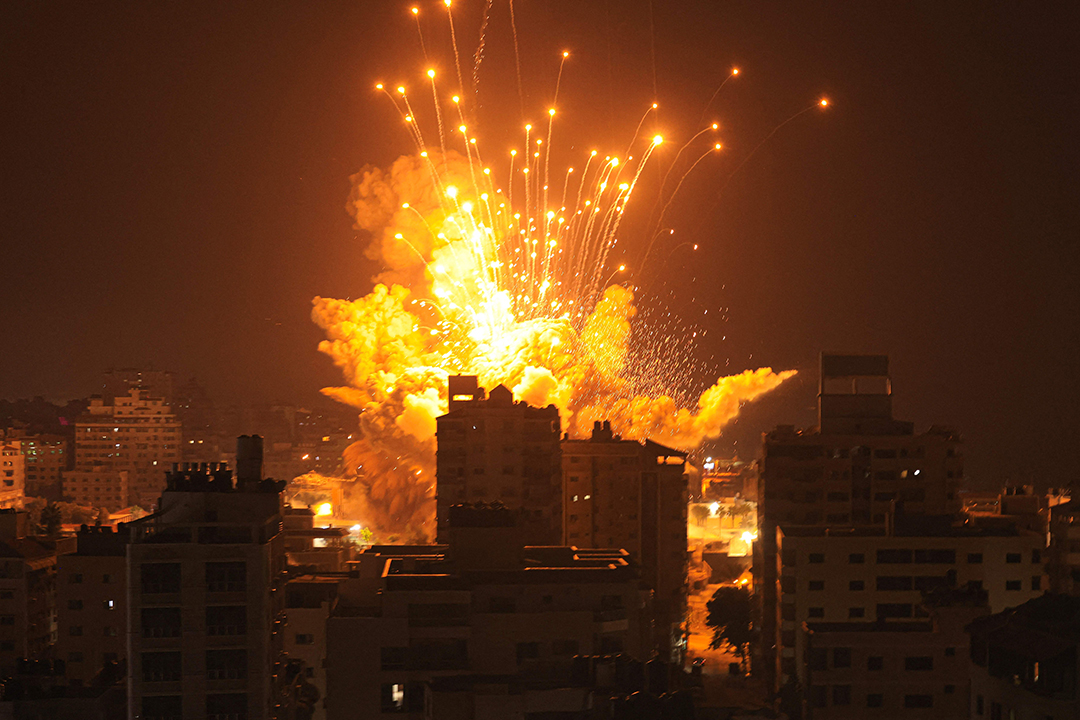You might instantly conjure images of adversity, pain, and struggle when you hear the name Palestine. This is not a tale of a location. It is about actual individuals going through heartbreak and turmoil, simply trying to survive in a country they call home. The Palestine crisis isn’t new. It stretches back decades and grows heavier with each passing year.
The Roots of the Struggle
Palestine was previously a peaceful place where cultures blended and individuals coexisted. In the early 1900s, there was a fast change of things. The British ruled after World War I and Jewish immigration picked up while being under the eyes of the British. For locals, this shift felt like a slow-moving wave, growing stronger every day.
People who had lived on that land for generations started feeling like strangers in their towns. As more land shifted hands, feelings of fear and anger built up among Palestinians. This wasn’t just a political shift. It touched daily life. Farmers lost their fields. Families got pushed out. Normal routines broke apart.
1948 and What Followed
The year 1948 is a watershed that Palestinians recall as “Nakba” or “the catastrophe.” It was the year Israel became a state, and hundreds of thousands of Palestinians fled or were driven out of their homes. They left behind keys, photos, and hopes. Many never made it back.
You can still hear stories from elders in refugee camps who remember the exact shape of their old front door. That’s how deep the pain runs. Homes were gone, but memories stayed alive in minds and hearts.
Once they became refugees, their lives never felt stable again. Families lived in camps for years, sometimes decades, waiting for a return that never came.

Daily Life Under Occupation
For a lot of Palestinians today, daily life comes with checkpoints, blocked roads, and closed borders. Kids grow up seeing more soldiers than playgrounds. The call for prayer sounds over cities, but it gets drowned out by buzzing drones overhead.
Basic needs like clean water, electricity, or even getting to school become daily challenges. You may think something as simple as visiting a relative would be easy—but for them, it can involve long waits, security checks, and sudden road closures.
In places like Gaza, where over two million people live in a tiny strip of land, restrictions press on every part of life. The blockade has made it hard to move in or out, even for medical care. Hospitals struggle to get supplies. Patients wait for help that may never arrive.
Also Read: Yamaha Keyboard Guide
What Makes the Conflict So Hard
The Palestine crisis isn’t just about land anymore. It’s layered with politics, history, emotions, and beliefs. Each side holds onto a different version of the past, and both feel they have deep rights to the land.
For Palestinians, it’s about freedom and identity. They want a space where they can live without fear, where their culture stays alive, and where their voices matter. For them, the walls, the fences, and the watchtowers don’t just block roads. They block dreams.
Every time violence flares up, civilians pay the price. Bombings, raids, and airstrikes leave behind destroyed homes and broken families. The media often shows crumbled buildings, but behind every brick lies a story—a family photo, a lost toy, a shattered meal.
The Role of the World
Many countries have taken sides or tried to help, but real peace stays out of reach. Some leaders speak of peace, yet arms keep flowing in. Governments hold meetings, but people on the ground keep suffering.
Protests around the world have shown support for Palestinians. Streets echo with chants, flags wave high, and people demand justice. Yet, real change seems slow. People in Palestine still wait for rights others take for granted.
The international community plays a big part. Aid comes in waves, but it doesn’t fix what’s broken. Sometimes, aid feels like a bandage on a deep wound. What’s needed is something stronger—justice, freedom, and respect.
Living in Limbo
Life in refugee camps stays tough. Generations grow up knowing nothing but tents and concrete blocks. They dream of homes they’ve never seen, of lands they only know through stories.
Schools in the camps do their best, but crowded classrooms and limited supplies hold back progress. Kids carry both books and burdens, trying to study while surrounded by uncertainty.
Young people grow up fast in these conditions. Childhood ends too soon. Many take on jobs to support families, while others turn to art or poetry to express the pain they feel inside. Through their words and drawings, you can see both sadness and strength.
Voices of Resistance
Despite the hardships, Palestinians keep resisting. Not always with weapons, but with words, art, music, and education. Their resistance comes through stories, shared recipes, and stitched keffiyehs.
A teenager in Gaza writes poems about freedom. A mother in the West Bank teaches her child to speak Arabic proudly. These acts may seem small, but they carry weight. They say, “We’re still here.”
Every mural on a wall, every dance performed at a wedding, and every traditional meal cooked during Eid speak of a people who refuse to be erased. Culture becomes a form of survival. Memory becomes armor.
Life Through Art and Music
Art breathes life into places that feel lifeless. In Palestine, you’ll find graffiti on broken walls that tell powerful stories. Murals show the faces of those lost and hope for the future.
Music plays a big role too. Songs mix sadness with strength, reminding you that even in pain, beauty finds a way. Traditional dabke dances still light up wedding nights, even when sirens ring outside.
Books by Palestinian authors open doors to new perspectives. Through stories, poems, and novels, the world gets to see life not just through headlines, but through human eyes.
Mental Scars That Don’t Heal
Living under fear leaves deep marks. Children show signs of trauma before they even understand the word. Sleepless nights, sudden panic, and fear of loud sounds become part of life.
Mental health support stays rare. In places like Gaza, there are very few professionals to help. Families lean on each other, offering hugs and comfort instead of therapy.
Even adults struggle. The weight of survival, the loss of loved ones, and the pressure to stay hopeful break down the strongest spirits. But still, they hold on. Somehow, they keep going.
The Importance of Identity
For Palestinians, holding onto their identity matters more than ever. Even when borders change and flags get torn down, their sense of self stands firm. Language, dress, food, and traditions pass from one generation to the next like a secret flame.
When a child learns the names of villages no longer on maps, that’s identity. When grandparents teach songs from their youth, that’s resistance. Holding onto who they are is how they fight the erasure of their history.
The Palestine crisis challenges not just bodies but souls. It’s a fight to keep a people’s spirit alive in a world that often tries to silence them.
No Easy Answers
There’s no simple fix to this situation. Anyone who claims otherwise hasn’t been listening. The pain runs deep, and the scars are fresh. But that doesn’t mean people stop hoping.
You might see sadness in the eyes of a Palestinian child, but you’ll also find courage. You’ll see homes reduced to rubble, yet families return to plant flowers beside the debris.
The human spirit has strange strength. Even under bombs and blockades, it finds a way to shine. That’s the untold part of this crisis—the quiet, steady strength of people who refuse to give up.
Holding On Through Generations
Elders pass on stories to keep the memory alive. Parents name their kids after cities they lost. Weddings still happen under the stars, even when drones fly above. Life continues in defiance of everything that tries to stop it.
You see love in small moments: a father fixing a broken kite, a girl braiding her sister’s hair, and a boy saving coins for a birthday gift. These everyday acts become powerful when set against the backdrop of war.
This isn’t just survival. It’s living with pride. It’s refusing to be broken.

The Final Word
The Palestine crisis isn’t just a headline. It’s not just politics or conflict maps. It‘s a human tale, full of bravery, heartbreak, and hope. You’ve now walked through moments that many live every day—moments that the world often overlooks.
You’ve seen what life looks like when homes vanish, when borders trap you, and when your identity becomes your fight. But you’ve also seen what strength looks like in the face of everything trying to crush it.
This crisis carries heavy weight, but it also carries resilience. And that resilience deserves to be seen, heard and remembered.


Leave a Reply